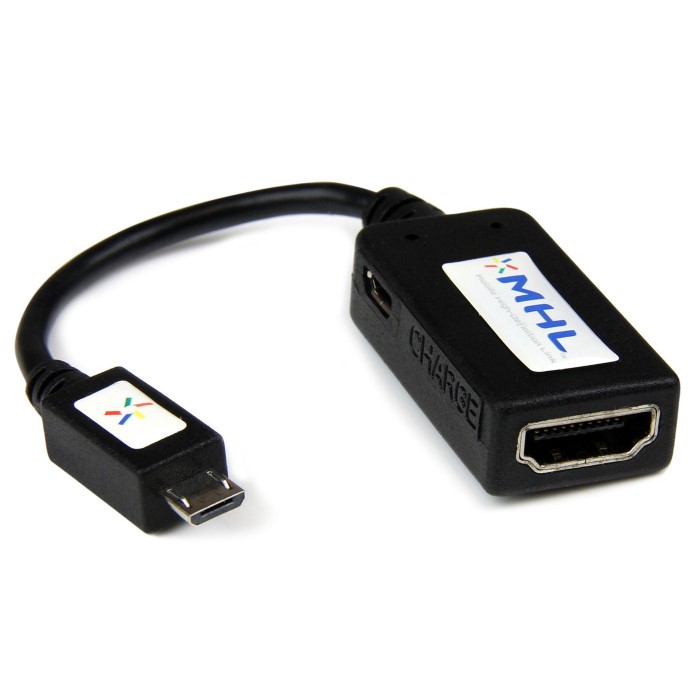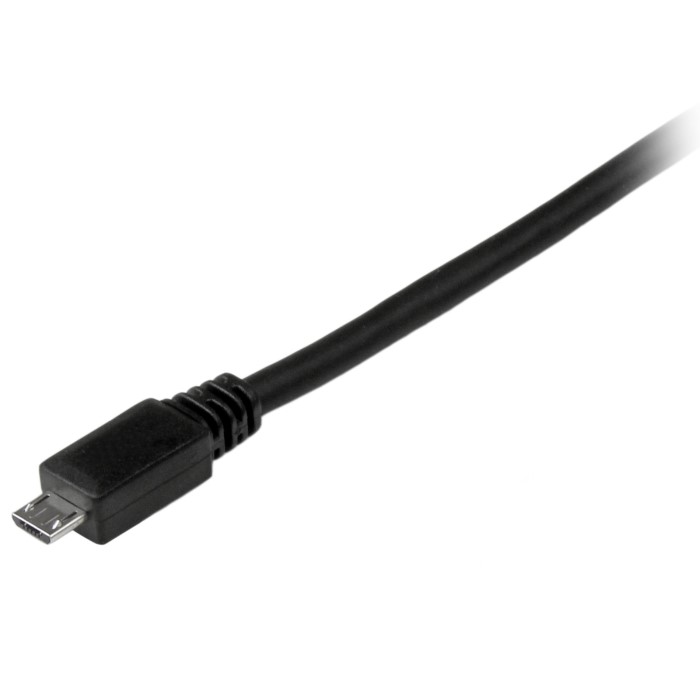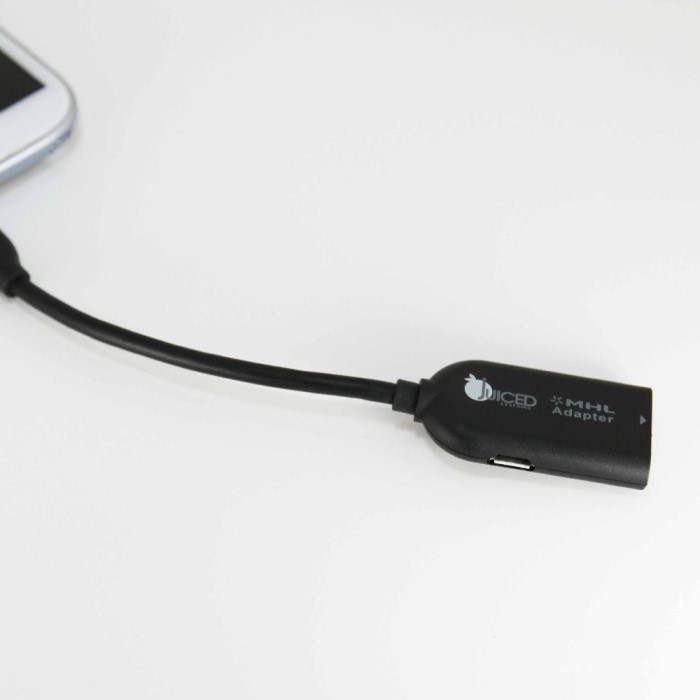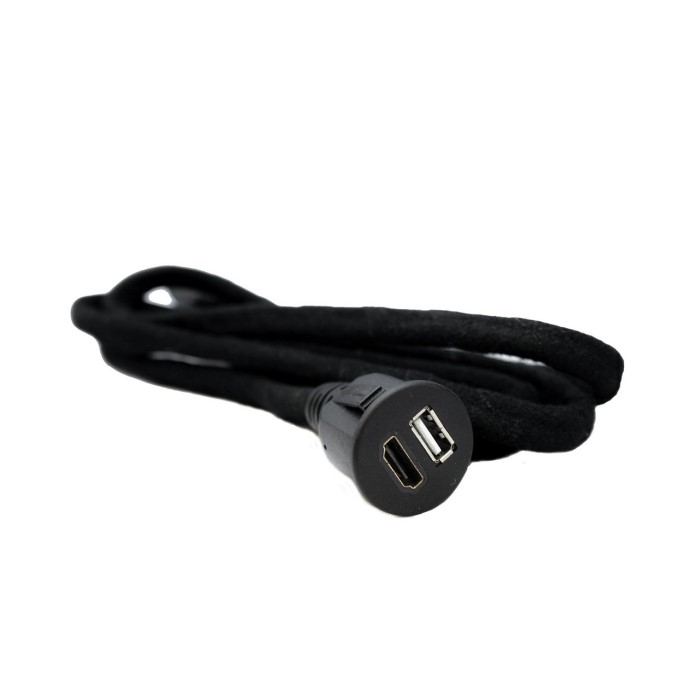Introduction: What is MHL Input?
In a world where connectivity is key, understanding how to connect your devices seamlessly is essential. MHL input, short for Mobile High-Definition Link, is a technology that allows users to connect mobile devices like smartphones and tablets to TVs or other high-definition displays. This connection enables streaming video, sharing photos, and even charging your devices while using them. However, many people are still not clear on what MHL connection entails or how it differs from standard HDMI.
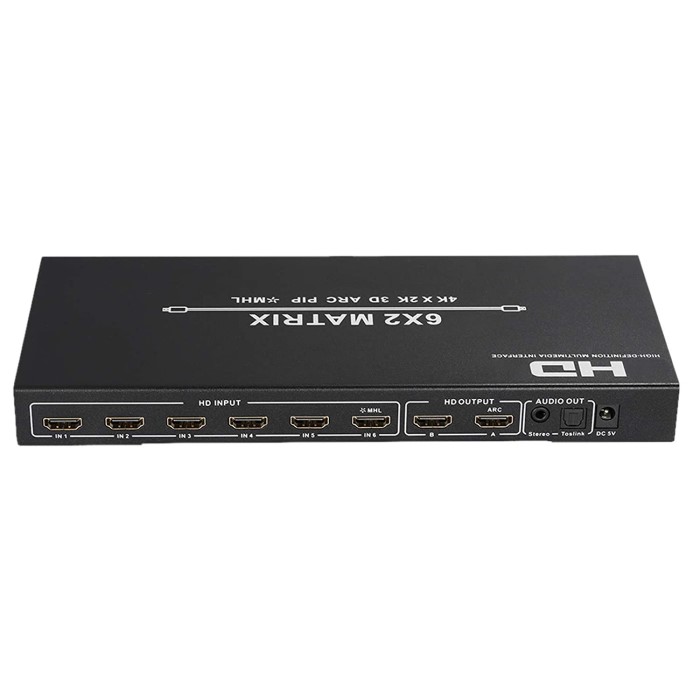
In this guide, we will delve into the nature of MHL input, how it works, its benefits over other connection types, and practical tips for using it effectively. Additionally, we will answer common questions about MHL, such as its compatibility with 4K devices, and clarify its distinction from USB-C connections. By the end of this article, you will have a robust understanding of how MHL can enhance your multimedia experience.
The Basics of MHL: Understanding the Technology
1. What is MHL?
- Definition: MHL, or Mobile High-Definition Link, is a standard designed to connect mobile devices to high-definition displays. It allows for high-quality audio and video streaming from your smartphone to your TV.
- Development: MHL technology was developed as a way to make it easier to enjoy mobile content on larger screens without compromising quality. It allows devices to transmit both video and charging power through a single cable.
2. How MHL Works
- Connectivity: MHL functions through a standard 5-pin connector. The most common form of MHL connection includes an HDMI port for the display side and a micro USB or USB-C port for mobile devices.
- Data and Power Transfer: When connected, MHL enables the simultaneous transmission of video data and power. This means you can charge your device while it streams video content, creating a more streamlined experience.
Benefits of Using MHL Input
1. High-Quality Audio and Video
- Enhanced Resolution: One of the primary benefits of MHL is its ability to support high-definition video resolutions. MHL is capable of up to 4K resolution, ensuring that you’ll enjoy crisp, clear playback on your display.
- Multi-Channel Audio: MHL transmits multi-channel audio, providing an immersive sound experience that enhances your video content.
2. Convenience of Charging
- Power Supply: MHL input provides a power supply to mobile devices while in use, reducing the need for multiple cables. This makes it an ideal solution for entertainment setups where devices require charging during long viewing sessions.
- Eliminating Clutter: With MHL, users can reduce cable clutter while maintaining functionality. The simplicity of a one-cable setup is aesthetically pleasing and more manageable.
3. Compatibility with Multiple Devices
- Broad Device Support: MHL supports a wide range of mobile devices, including Android smartphones and tablets. This versatility means that many devices can take advantage of MHL technology.
- Integration with Existing Setup: Most modern TVs and display monitors come equipped with HDMI MHL ports, facilitating easy integration into existing multimedia systems.
How to Connect Your Devices Using MHL
1. Identify MHL Support
- Check Specifications: Before connecting devices, check if your TV or display supports MHL. This information can usually be found in the device manual or manufacturer’s website.
- Confirm Mobile Device Compatibility: Not all mobile devices support MHL. Ensure your smartphone or tablet supports MHL by consulting the product specifications.
2. Gather Necessary Equipment
- MHL Adapter or Cable: Depending on your mobile device, you may need an MHL adapter or cable. Some devices may have a built-in MHL connector, while others will require an adapter to connect to HDMI input.
- HDMI Cable: Ensure you have an HDMI cable available to connect the mobile device to the MHL-enabled port on your TV or monitor.
3. Connecting Display and Devices
Connect the Adapter
- Gather Your Devices:
- Before starting, ensure you have all the necessary devices and cables ready, including your MHL adapter, mobile device, and HDMI cable.
- An MHL (Mobile High-Definition Link) adapter is essential for enabling the connection between your mobile device and the TV.
- Connecting to the Mobile Device:
- Take the MHL adapter and plug it directly into the port of your mobile device. Depending on your device model, this could be a micro USB or USB-C port.
- Ensure a snug and secure connection to avoid any issues during streaming or mirroring.
- Attach the HDMI Cable:
- Next, take one end of the HDMI cable and plug it into the HDMI port on the MHL adapter.
- Make sure the connection is firm, as this will determine the quality of the audio and video transmission to the TV.
Plug Into the TV
- Identify the HDMI Ports:
- Look at the back or side panel of your TV to find the available HDMI ports. Most modern TVs come with multiple HDMI inputs, possibly labeled HDMI 1, HDMI 2, etc.
- Check to make sure the port you choose is not currently in use, or be aware of which one you are connecting to for easy selection later.
- Insert the Other End of the HDMI Cable:
- Take the free end of the HDMI cable and insert it into one of the available HDMI ports on your TV.
- Ensure the HDMI connection is secure, as a loose connection may result in a poor display or no signal at all.
- Powering the MHL Port:
- Confirm that the MHL port on your TV is powered on. Some TVs automatically detect an MHL connection while others may require manual activation via the settings.
- Refer to your TV’s user manual if you encounter issues ensuring the MHL port’s power status.
Select the Right Input
- Locate Your TV Remote:
- Grab the remote control for your TV, as you will need it to access the input settings.
- Familiarize yourself with the buttons, especially the input or source button, which allows you to switch between different HDMI connections.
- Select the Appropriate HDMI Input:
- Press the input or source button on your remote, and navigate through the available options to select the HDMI input where your MHL adapter is connected.
- Make sure you choose the corresponding HDMI port, such as HDMI 1, HDMI 2, etc., to establish the correct connection.
- Confirm the Display:
- After selecting the appropriate HDMI input, your TV should detect the mobile device, and you should see the mobile device’s screen mirrored or displayed on the TV screen.
- If the display does not appear, double-check all connections, ensure the MHL adapter is correctly attached, and that the mobile device is powered on.
4. Enjoy High-Definition Content
- Streaming Video: Once connected, you can stream videos, browse photos, and display apps on the big screen. This is particularly useful for gaming, movie watching, and presentations.
- Charging While Using: Remember that your mobile device will charge while connected, allowing for extended usage without draining the battery.
MHL vs. HDMI: Key Differences
1. Functionality
- MHL vs. HDMI: While both MHL and HDMI serve to transmit high-definition video and audio, MHL is specifically designed for mobile devices. HDMI is more broadly used across various electronics, including TVs, gaming consoles, and computers.
- Support for Power: One significant advantage of MHL over standard HDMI is that MHL supports power transfer to the connected device, something standard HDMI does not do.
2. Device Compatibility
- Wider Mobile Support: MHL specifically caters to mobile devices, making it ideal for users looking to view mobile content on larger screens. HDMI is used for a broader range of devices.
- Cable Requirements: MHL often requires specific cables and adapters for mobile devices, whereas HDMI cables are more standardized and widely available.
Common Questions About MHL Inputs
1. What is an MHL input?
- An MHL input is a connection port on a TV or display that allows for the connection of MHL-compatible devices, enabling the streaming of HD video and audio while charging the portable device.
2. What is the difference between HDMI and MHL?
- HDMI is a universal standard for transmitting high-definition media, while MHL is specifically designed for connecting mobile devices, offering power transfer capabilities and enhanced mobile functionality.
3. Does HDMI MHL support 4K?
- Yes, MHL can support up to 4K resolution. Make sure to check the specifications of both your MHL-compatible device and display to ensure they support high resolutions.
4. Is MHL the same as USB-C?
- No, MHL and USB-C are not the same. MHL specifically refers to a standard for connecting mobile devices to displays, while USB-C is a connector type that can support various protocols, including MHL, HDMI, and power transfer.
Conclusion: Maximizing Your MHL Experience
By understanding mhl input technology, you can effectively enhance your multimedia experience. With its ability to transmit high-quality video and audio while charging your devices, MHL serves as an excellent solution for mobile users looking to connect to larger screens.
If you’re still wondering “what does it mean when my spectrum router is blinking red?” or need clarity on what is MHL cable, remember that having the right understanding of these connectivity options makes a significant difference. MHL not only simplifies your setup but also elevates how you interact with your digital content.
For anyone exploring the best ways to connect their devices, MHL offers a compelling option. Whether you are streaming movies, displaying presentations, or gaming, MHL’s capabilities can facilitate an outstanding viewing experience. Embrace the versatility of MHL and enjoy the seamless connection it provides!
